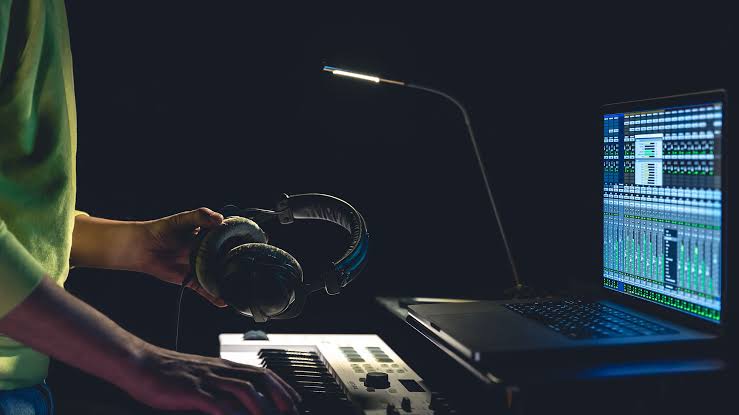Keyboard instruments have revolutionized the music industry, playing a pivotal role in the evolution of electronic music. From their origins as acoustic pianos to modern digital synthesizers, keyboard instruments have consistently expanded creative boundaries, offering musicians an expansive range of sounds and expressive potential. Their journey from classical concert halls to the forefront of electronic festivals like MDLBEAST’s Soundstorm illustrates their adaptability and enduring appeal.
A Brief History of Keyboard Instruments
Keyboard instruments have a rich history dating back to early mechanical instruments like the harpsichord and clavichord in the Renaissance. These precursors to the modern piano offered limited dynamic control, but they laid the groundwork for what would become one of the most versatile families of instruments. The invention of the piano in the 18th century marked a turning point, as its hammers and strings allowed musicians to produce a broader range of volumes and tonal colors. For centuries, this expressiveness made the piano a centerpiece in classical and popular music.
The Rise of Electronic Keyboards and Synthesizers
The 20th century introduced electronic keyboards and synthesizers, which transformed music creation. Instruments like the Fender Rhodes, Wurlitzer electric piano, and the Moog synthesizer opened new doors, providing a wide palette of sounds that went beyond acoustic limits. Synthesizers, in particular, allowed musicians to create everything from sweeping ambient tones to sharp electronic beats, giving rise to genres like funk, disco, and ultimately, electronic music.
Synth pioneers such as Wendy Carlos, with her iconic album “Switched-On Bach,” demonstrated how synthesizers could reimagine classical compositions. They proved that keyboards were more than just acoustic instruments—they were gateways to new sonic possibilities. This era marked a significant shift, as keyboards became essential tools for experimentation and expression across genres.
Keyboards in the Digital Age: MIDI and DAWs
The advent of MIDI (Musical Instrument Digital Interface) in the 1980s brought keyboard instruments to an entirely new level of functionality. MIDI allowed electronic keyboards to communicate with computers and other digital instruments, laying the foundation for modern digital audio workstations (DAWs) and virtual instruments. This connectivity transformed keyboards into powerful controllers, enabling musicians to produce, arrange, and edit music precisely. With MIDI controllers, artists could trigger drum beats, synth lines, and sound effects, making keyboards the heart of electronic music production.
Keyboards in Live Electronic Performances
Today’s festivals, like MDLBEAST’s Soundstorm, showcase how keyboard instruments have become integral to live electronic music performances. Modern keyboards, synthesizers, and MIDI controllers enable artists to create immersive soundscapes and energize audiences with spontaneous, real-time adjustments. Keyboards’ versatility allows performers to switch between styles, layer melodies, and blend genres, making each performance unique and dynamic.
The Future of Keyboards in Electronic Music
As technology advances, keyboard instruments evolve, incorporating features like touch-sensitive keys, customizable sound libraries, and advanced effects. These innovations make it possible for artists to create previously unimaginable sounds. Virtual reality (VR) and augmented reality (AR) applications are also beginning to integrate with keyboard interfaces, hinting at future possibilities where audiences could experience music interactively, beyond traditional audio.
Conclusion
From acoustic pianos to digital synthesizers, keyboard instruments have charted a remarkable journey, establishing themselves as essential tools for both classical and electronic musicians. They are capable of producing a vast spectrum of sounds, offering artists endless avenues for creative exploration. In today’s electronic music scene, keyboard instruments have solidified their role as dynamic, versatile instruments that connect traditional music roots with modern technology. As electronic music evolves, so too will the possibilities for keyboards, making them timeless instruments that continue to shape the future of sound.







